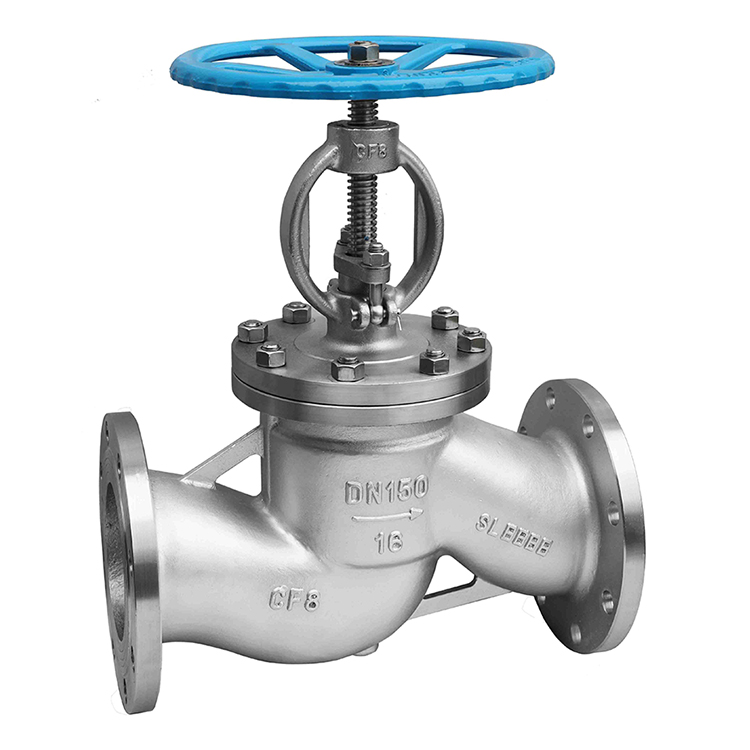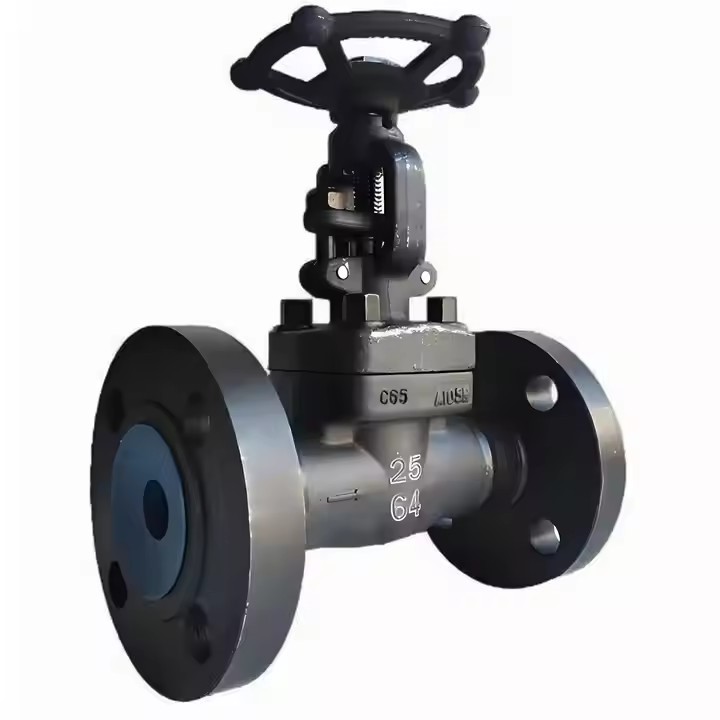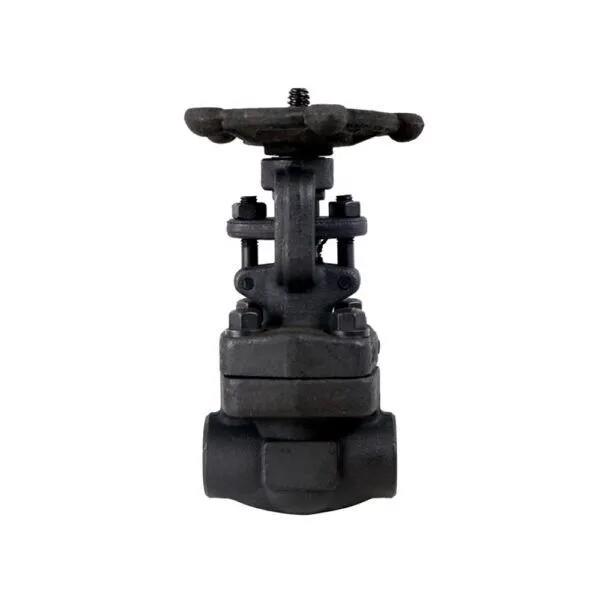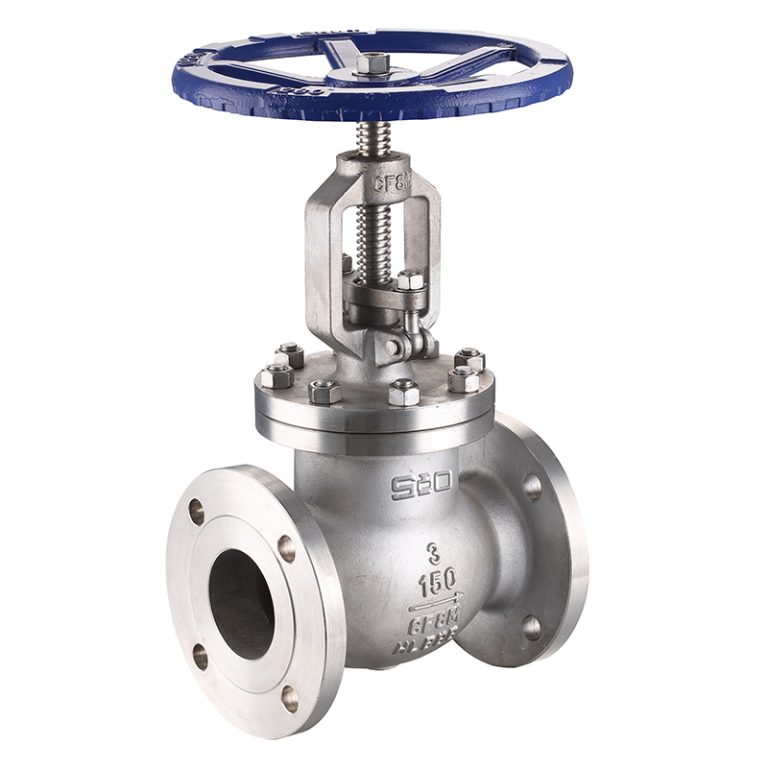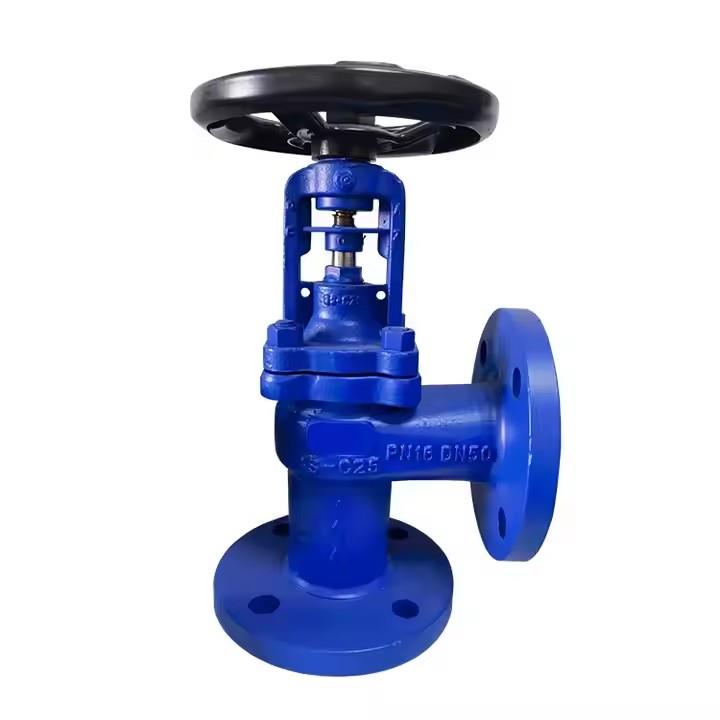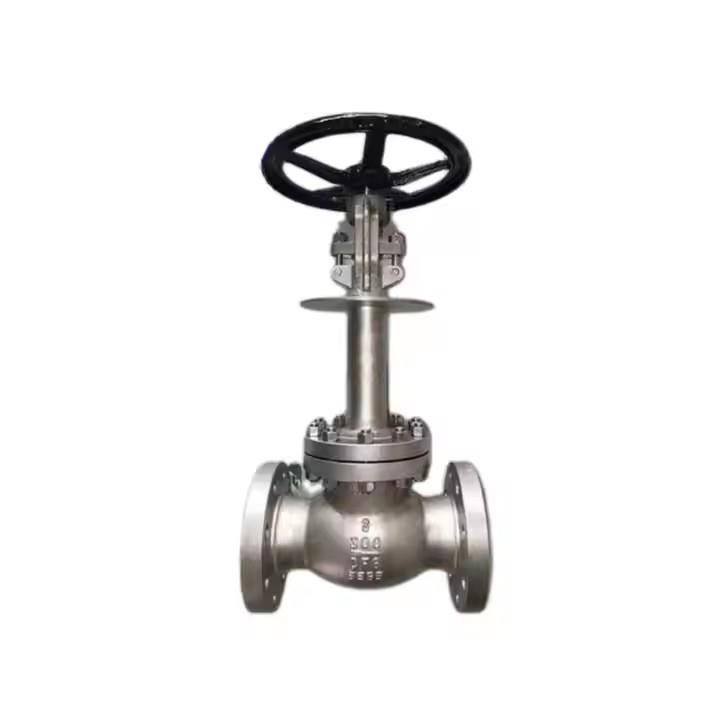Y-type Stainless Steel Angle Globe Valve
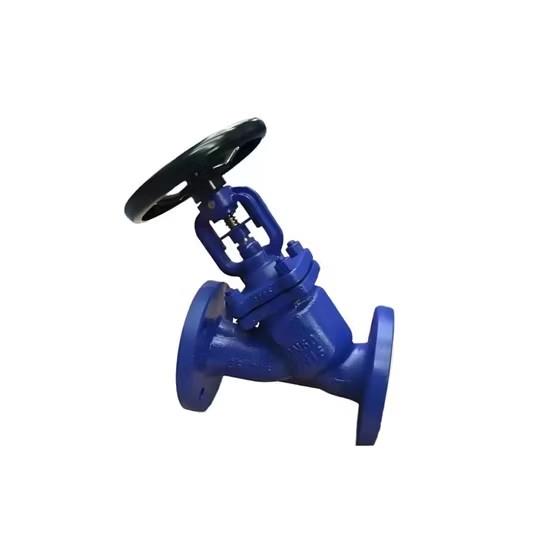
The Y type globe valve is with a right-angle rotation structure. Its valve core is Y-shaped, which enables the fluid to maintain a large flow rate when passing through and has a relatively small flow resistance.
The Y type globe valve is a high-temperature and high-pressure straight-through globe valve. Its valve body is made of castings or forgings, with the valve seat inlaid in the throat of the valve body. The sealing surface adopts a conical structure, which can effectively reduce the scouring of the medium on the sealing surface, reduce the retention of impurities, thereby reducing the wear and scratch of the sealing surface and protecting the sealing surface.
Main features of of the Y type globe valves.
- The Y-type angle valve has content ability to regulate the flow rate. By partially opening the valve core, the flow rate of the fluid can be restricted.
- Its Y-type design makes the fluid passage smoother, which helps to reduce the resistance and pressure loss of the fluid, and improves the operating efficiency of the system.
- The valve body is made of stainless steel, which has good performance in resisting high temperatures and corrosion.
- Due to the stable flow of the fluid, the occurrence of water hammer is reduced, thus extending the service life of the valve and related equipment.
Specifications
| Actuator | Pneumatic |
| Actuator Material | Stainless Steel |
| Structure | Y-Type Globe Valve |
| Sealing Form | Gland Packings Globe Valve |
| Stem Thread Position | Inside Screw Stem Globe Valve |
| Standard | DIN, GB, ANSI, BSW, JIS |
| Connection Form | Flange |
| Usage | Flow Control |
| Valve Pressure | 150lb, 300lb, L00lb, 900lb, 1500lb |
| Type | Direct-Acting |
| Valve Material | CF8c, 4A, 2205, 2507 |
The data is for reference only, please consult sales@wayvalve.com for details.
The applications of the Y type globe valves.
The Y-type angle valve is widely applied in various scenarios that require precise control of the fluid flow direction, flow rate and pressure, including:
- Food and chemical processes, sterilizers, autoclaves, dry cleaning machines, beer production lines and other occasions.
- Chemical industry: Controlling the flow of various chemical media.
- Petroleum industry: Controlling the flow of oil and gas during the processes of oil extraction and processing.
- Pharmaceutical industry: Used in pharmaceutical equipment to precisely control the flow rate and pressure of liquid medicines.
- Power industry: Controlling the flow of cooling water and steam in the power system.

What is the purpose of an angle valve?
The purpose of an angle valve is to control the flow direction, regulate the flow rate, and manage the pressure of fluids. It can be used to start or stop the flow of various media like chemical substances, oil and gas, liquid medicines, cooling water, and steam in different industries such as chemical, petroleum, pharmaceutical, and power industries. Also, it helps in reducing flow resistance and pressure loss, and minimizing the occurrence of water hammer phenomenon to extend the service life of related equipment.
What is the y pattern globe valve?
A Y-pattern globe valve has a Y-shaped body, allowing fluid to flow at a more gradual angle than standard globe valves. This design reduces pressure drop, minimizes turbulence, and is often used in high-pressure or high-temperature applications where efficient flow is critical.
What is the difference between globe valve and Y globe valve?
The main difference lies in body design: standard globe valves have a straight flow path with a right-angle turn, causing higher pressure drop; Y globe valves have a Y-shaped body, allowing a more gradual flow path, reducing pressure drop and turbulence, and are better for high-pressure/temperature applications.
INQUIRY

